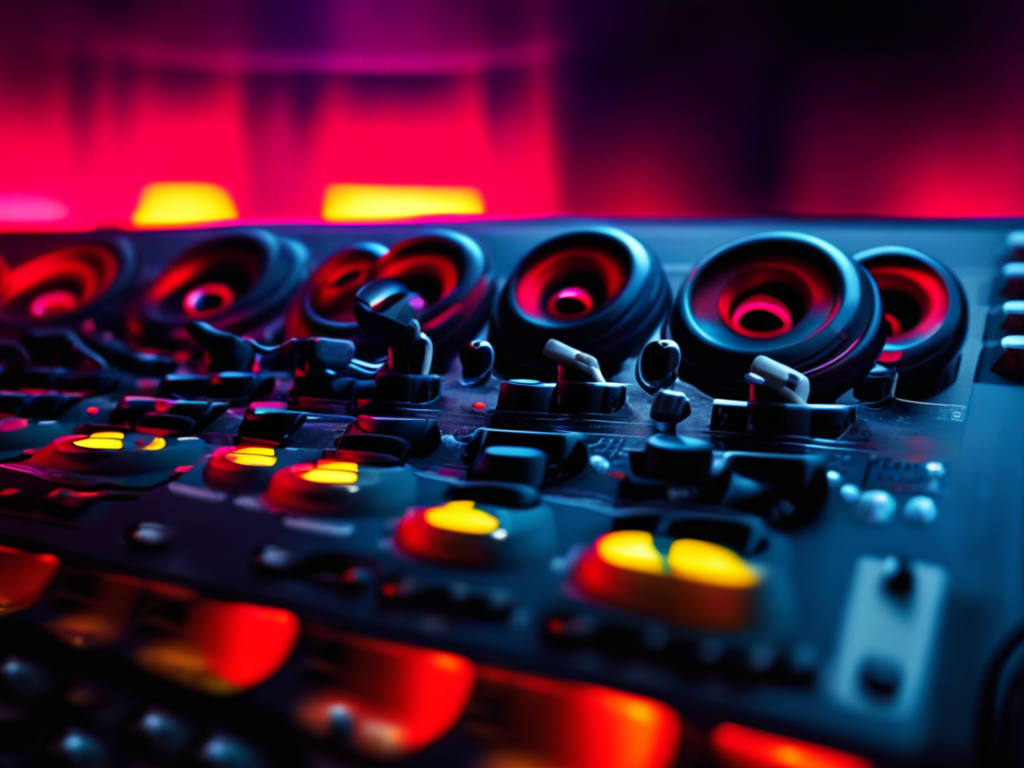As audio enthusiasts, we all strive for that perfect listening experience – where every note, every beat, and every chord comes alive in its full glory. One crucial element in achieving this sonic nirvana is mastering EQ settings on your music player. Understanding how to fine-tune your equalizer can make a world of difference in how your music sounds. Let’s delve into the art of mastering EQ settings and explore how you can enhance your listening experience to bring out the best in your favorite tracks.
In this article you will find:
- Understanding the EQ Setting
- Adjusting Frequency Bands
- Matching EQ to Your Music Genre
- Personal Preferences and Room Acoustics
- Using Presets and Custom EQ Settings
- Final Thoughts
Understanding the EQ Setting
Before we dive into the nitty-gritty of EQ settings, let’s break down what an equalizer actually does. In simple terms, an EQ allows you to adjust the volume level of different frequency bands in your audio signal. This means you can boost or cut specific frequencies to tailor the sound to your liking. Think of it as a tool that lets you fine-tune the audio to suit your preferences and the characteristics of your headphones or speakers.
Adjusting Frequency Bands
Most EQ settings feature multiple frequency bands that cover the entire audible spectrum. This typically includes low frequencies (bass), mid frequencies (vocals and instruments), and high frequencies (treble). By adjusting these bands, you can emphasize or reduce certain aspects of the music. For example, boosting the bass frequencies can give your music a more pronounced thump, while attenuating the high frequencies can make it sound warmer and less harsh.

Matching EQ to Your Music Genre
One essential aspect of mastering EQ settings is aligning them with the genre of music you’re listening to. Different genres have distinct sonic characteristics, and tweaking your EQ to suit each genre can greatly enhance your listening experience. For example, for bass-heavy genres like hip-hop or electronic music, you might want to boost the lower frequencies for a more powerful bass response. On the other hand, for classical or jazz music, you may focus on enhancing the mid and high frequencies for better instrument separation and clarity.
Personal Preferences and Room Acoustics
Aside from music genre considerations, your personal preferences and listening environment also play a crucial role in setting up your EQ. Some people prefer a more bass-heavy sound, while others prefer a more balanced distribution across the frequency spectrum. Additionally, the acoustics of your room can impact how the sound from your speakers or headphones is perceived. Experimenting with different EQ settings based on your preferences and room characteristics can help you find the perfect balance that suits your taste.
Using Presets and Custom EQ Settings
Many music players come with preset EQ settings that are tailored for specific music genres or listening environments. While these presets can be a convenient starting point, don’t be afraid to create your custom EQ settings. By fine-tuning the frequency bands according to your preferences, you can create a personalized sound profile that truly resonates with you. Take the time to play around with different settings and trust your ears to guide you towards the ideal EQ configuration.
Final Thoughts
Mastering EQ settings is a skill that can take your listening experience to new heights. By understanding how to manipulate the frequency bands, aligning the EQ with different music genres, considering your personal preferences, and experimenting with presets and custom settings, you can unlock the full potential of your music player. So, grab your favorite headphones, fire up your music player, and embark on a sonic journey where every note is finely tuned to perfection. Let the music transcend beyond mere sounds and resonate with your soul – because when it comes to audio, it’s not just what you hear, but how you feel.

